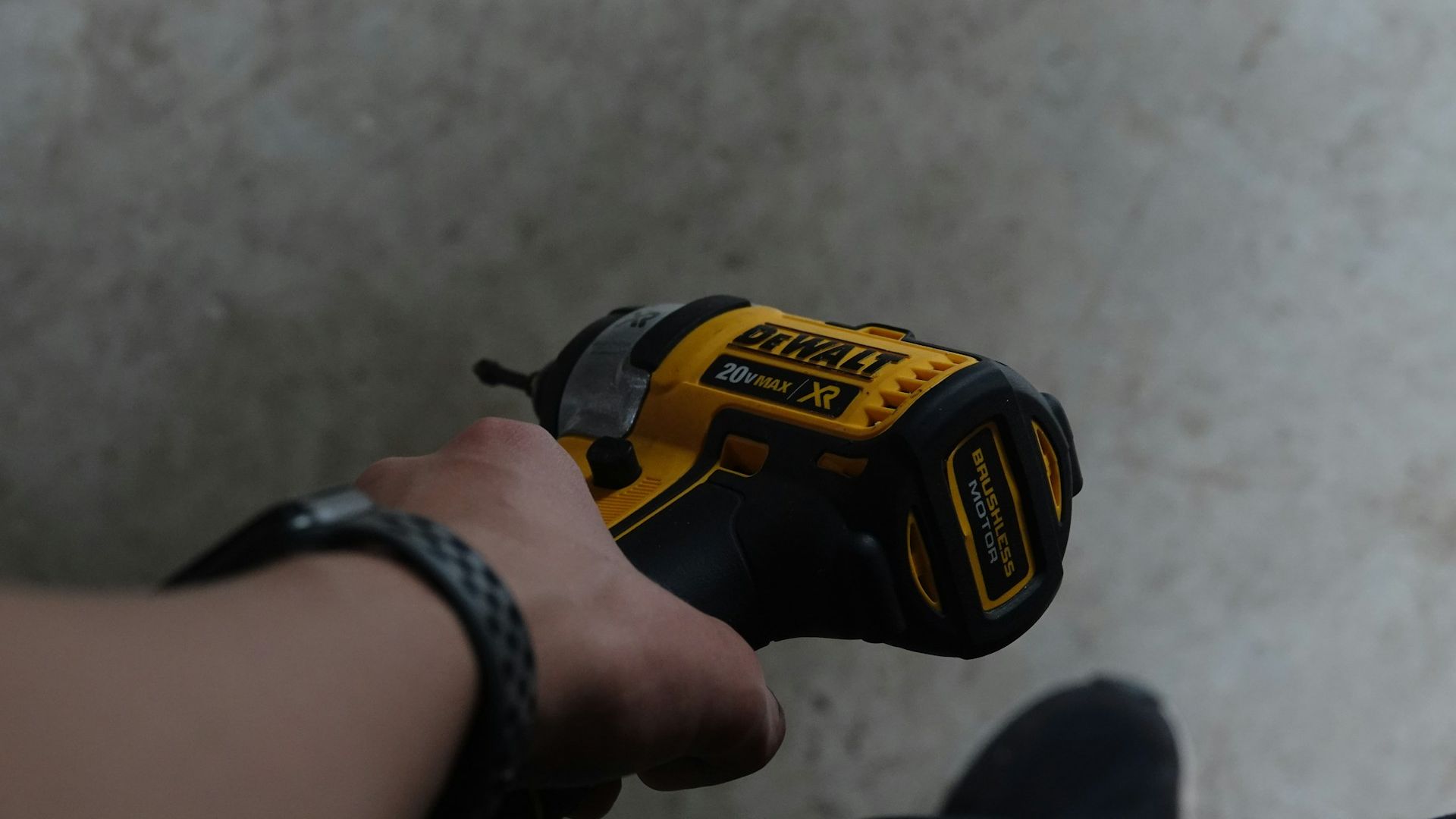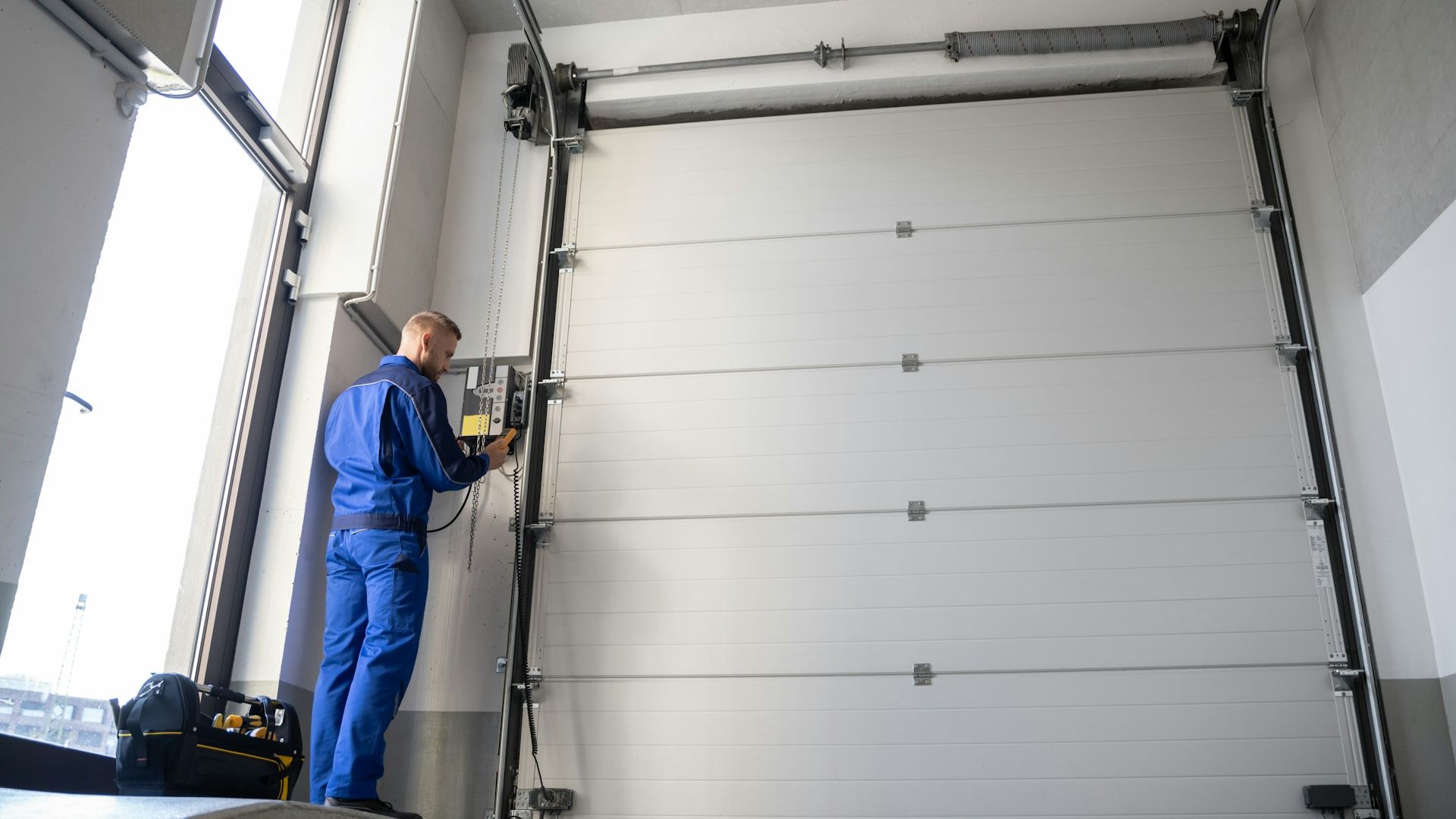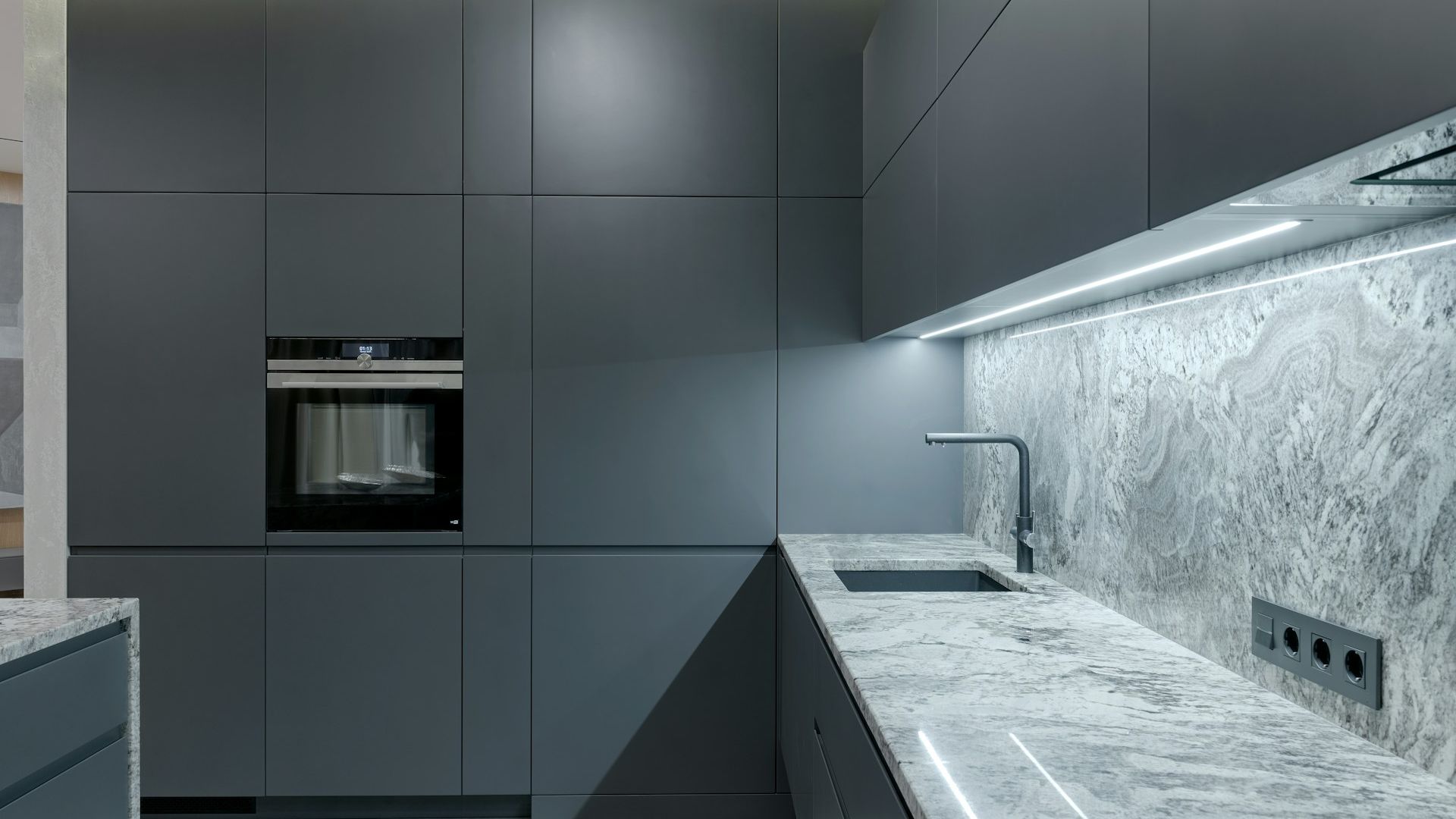How to hang a heavy picture with wire step by step
Learn how to hang a heavy picture with wire safely and securely. Follow this step-by-step guide to get perfect, level results on any wall type.

Hanging a wire picture frame makes it easy to adjust after it’s hung on the wall. You can slide it left or right to help center or level it without moving the hook. This means fewer holes in the wall, which is helpful, especially if you’re renting or working with older walls.
However, as the picture's weight increases, it becomes trickier to depend on a flexible wire to support a heavy load. Yet, with the right technique, it's doable.
Read on for detailed steps on how to hang a heavy picture with wire.
What to know before you start
Hanging a heavy picture with wire requires more planning because of the weight and the potential for wall damage if it doesn’t hold. Here's what you should know before you start:
Consider frame weight and wall type
The frame's weight determines the strength of the wire and anchors you need. A wire-hung frame puts downward and outward pressure on the wall anchor points, so underestimating the weight can damage your wall or cause injury if the picture falls. Use a scale to measure the frame’s weight accurately.
Additionally, the type of wall you’re working with matters because different surfaces handle weight and stress differently. Drywall is relatively weak on its own and can crumble under heavy loads unless you screw directly into a stud or use proper wall anchors to distribute the weight. Brick or concrete walls are strong but require special masonry anchors and a drill to secure holes.
Choose the right wire strength and type
Wire strength is about the thickness and material. Ideally, choose wire rated for at least twice the weight of your frame for an added safety buffer. This ensures the wire won't stretch or snap over time. For lighter frames (up to 12 pounds), opt for a 24 to 20 gauge wire. Medium frames (between 12 and 30 pounds) call for 18 to 16 gauge wire, while heavier frames (over 30 pounds) need a robust 14 to 10 gauge wire.
There are also several wire materials to consider. Braided galvanized wire is flexible and easy to handle, supporting up to 36 pounds and ideal for light to medium frames. Stainless steel wire is stronger and more rigid, capable of handling up to 100 pounds, making it best for heavy frames. Vinyl-coated wire offers a balance of strength, up to 60 pounds, and flexibility, with the added benefit of protecting your hands and frame hardware during installation.
Use the right anchors or hooks for your wall type
Matching the anchor to the wall type ensures that the weight is distributed. If you're working with drywall, you need to find a stud to attach the picture securely or use anchors and screws suited for the picture weight. Plaster is harder than drywall but also more brittle. You’ll need to drill pilot holes or use plaster anchors to avoid cracking. Use masonry hooks or sleeve anchors to hang things on brick and concrete. However, nail into the mortar, not the brick itself.
Always check for hidden electrical wiring behind the wall to avoid drilling accidents. If you're unsure what's behind the wall, use a stud finder with a wire detection feature or consult a professional.
Gather your materials and tools
You’ll need the following materials and tools:
- Picture hanging wire and a pair of D-rings to attach to the back of the frame.
- A tape measure and a pencil to mark precise placements.
- A screwdriver and wire cutters to install hardware and trim the wire.
- Picture hangers, wall anchors, or hooks based on your wall type.
Optionally, you need a level to help with alignment, rubber bumpers to stabilize the frame, and a soft towel or cloth to protect the frame while you work.
Prepare the picture frame
Hanging a large picture with wire involves installing D-rings at the correct spots on the frame to hold the wire that will support it securely.
Measure and install the D-rings
The D-rings hold the wire that supports your picture. Measure one-third down from the top on each side of the frame and mark these spots. Use a small drill bit to create pilot holes for the screws. Then, install the D-rings at a 45° angle on each side with the opening facing outward so you can easily thread the wire through them. Tighten the screws firmly so the D-rings stay in place.
Cut and attach the wire
Select a wire that can support your picture's weight. Measure it to be approximately 1.5 to 2 times the width of the frame. This extra length will ensure enough slack to attach the wire to both D-rings. Next, thread one wire end through a D-ring and twist it several times to secure it in place.
Trim any excess wire with wire cutters, leaving just enough to prevent sharp ends from sticking out. Take the other end of the wire and repeat the process on the second D-ring. Leave a little slack, around 1 to 2 inches below the top edge of the frame, to prevent the wire from being too tight.
Mark and install wall hardware
Decide how high you want the picture to hang. A good rule of thumb used by museums and galleries is to center the artwork at about 57 inches from the floor, which is close to eye level for most people.
Pull the wire taut and measure the distance from the top of the frame to where the wire reaches. Mark the spot on the wall and install the first hook or anchor.
To get the second anchor's placement, measure the frame's width and space the hooks about one-third of the frame's width apart. For example, if the frame is 30 inches wide, space the hooks about 10 inches apart. Use a level to ensure both anchors are even with one another, then install the second piece at the same height as the first.
Hang and level the picture
Drape the wire over both hooks so that the picture sits comfortably. Adjust the placement by gently tilting it left or right to center it on the wall. You can also move it up or down slightly, if needed, to achieve the perfect position.
Once you think the picture is in position, place a bubble level along the top edge of the frame and adjust until the bubble is centered, indicating it’s perfectly level. Finally, add rubber bumpers to the bottom corners of the frame to stabilize the picture, preventing it from tilting and protecting your wall from marks or damage.
Extra tips for heavy frames
Heavy frames need two wires or extra D-rings to distribute weight more evenly and reduce strain on a single wire point. Here are more tips:
- Use wall anchors designed for your wall type.
- Choose heavy-duty wall hooks or anchors rated above the frame weight.
- Double-check spacing, height, and level before making any holes.
- When in doubt, hire a professional, especially for heavy, valuable frames.
Maintenance and adjustments
Even after your picture is securely hung, occasional maintenance is vital to keep it safe and looking its best.
- Periodically check the wire for stretching, loosening, or fraying. If this happens, retighten or replace the wire.
- Inspect the D-rings and screws to ensure they are firmly attached to the frame. Tighten loose screws to prevent shifting or detachment.
- Check the hooks or anchors in the wall for stability. If they show signs of wear or movement, reinforce them with new anchors or screws.
- Re-level the picture periodically, especially after cleaning or moving furniture, to ensure it remains centered and properly aligned on the wall.
Picture perfect: A recap of what works
The best way to hang a heavy picture with wire depends on the frame's weight and size, the type of wall, and what's behind it. Be sure to choose a wire rated for the frame’s weight, match your wall anchors to the wall type, and secure all hardware firmly to the frame and the wall.
If the picture is large or you're unsure about what's behind the surface, hire a handyman or professional picture hanger for a clean, level result. They will ensure everything is installed safely.
Book a top-rated cleaner in 3 easy steps


Top-rated cleaners
Pick from a big range of cleaners. All are certified, background-checked, and ready for you to browse.

Affordable rates
Cleaners on Homeaglow are competing for your business. They offer sharper prices than you'll find anywhere else.

Easy, online booking
Easily rebook the same great cleaner, or try another. Homeaglow gives you direct contact with your cleaner.
Reclaim your time and give yourself the clean home you’ll love










